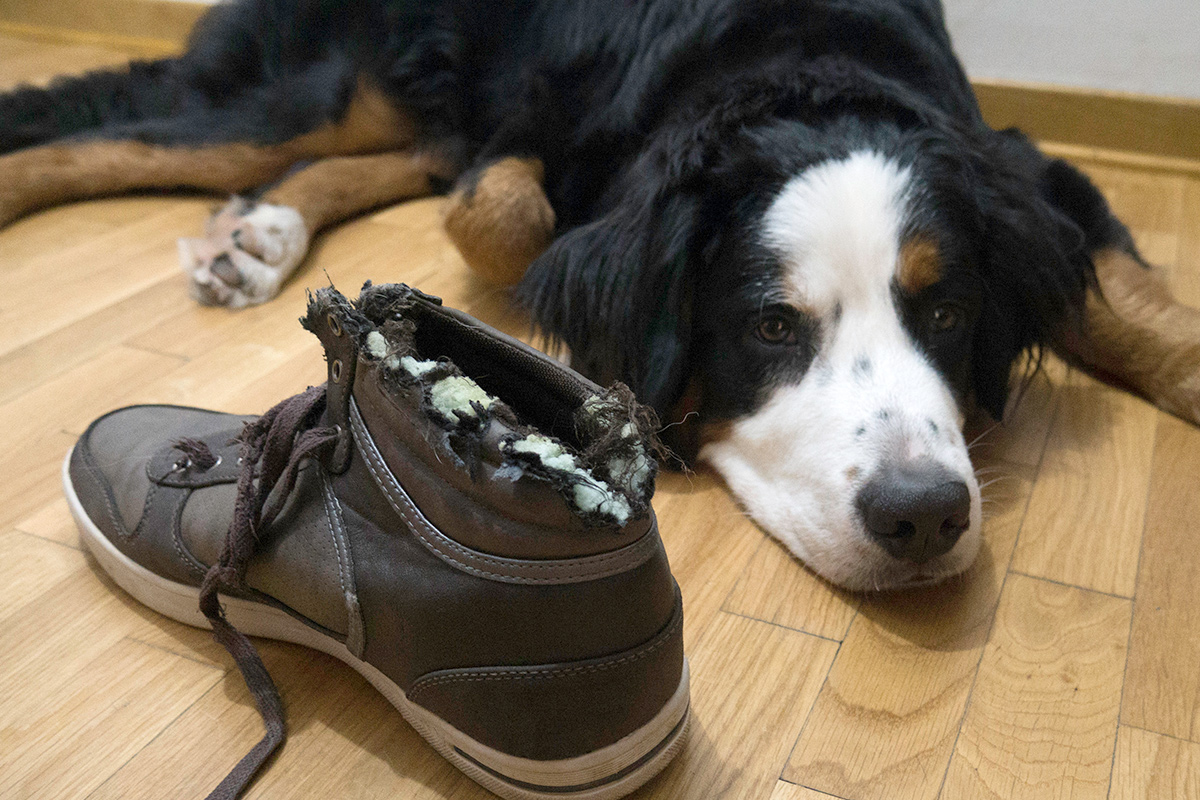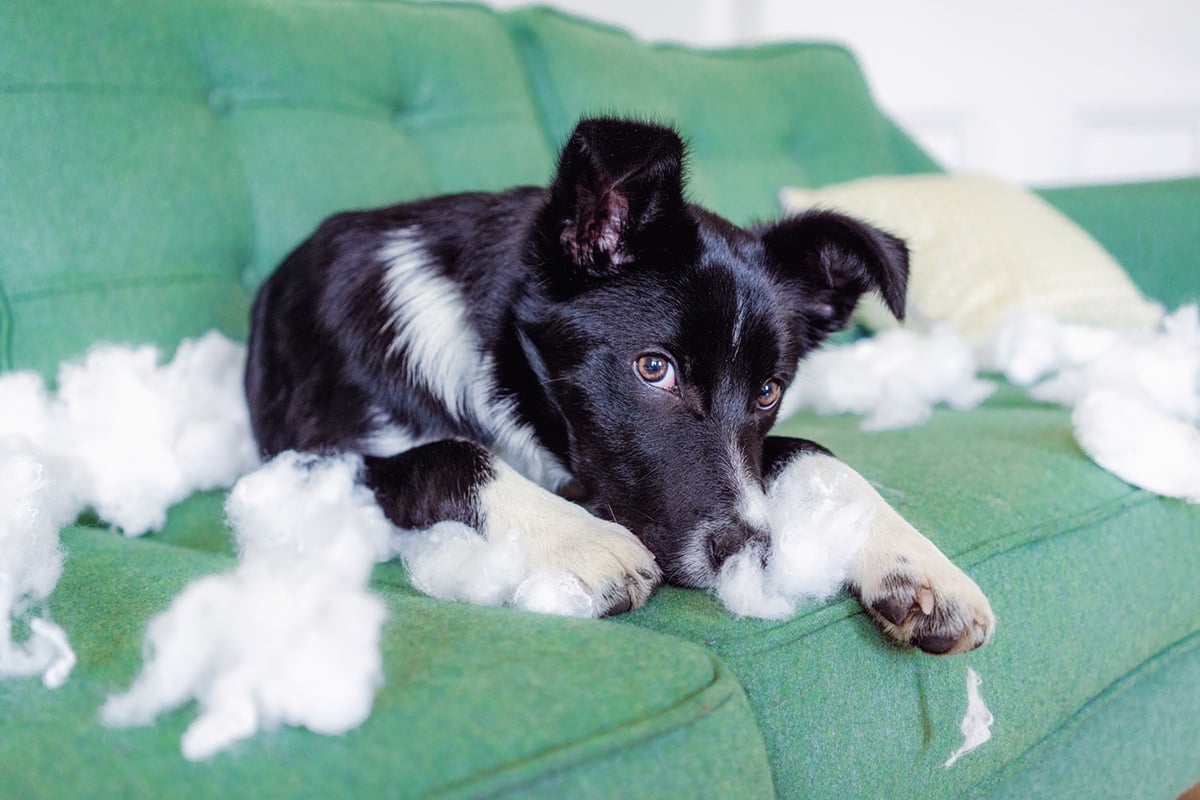Whether it’s shoes, furniture, or remote controls, destructive chewing can be frustrating and expensive. If you’re asking, how can I get my dog to stop chewing or how can I get my dog to stop chewing things, you’re not alone. Chewing is a natural behavior — especially in puppies — but with the right training and consistency, you can redirect it in a healthier direction.
Why Do Dogs Chew on Things?
Before you can stop unwanted chewing, it’s important to understand why it happens in the first place. Chewing isn’t always a sign of misbehavior — often, it’s a way for your dog to cope with stress, boredom, or discomfort.
Common reasons dogs chew:
- Teething: Puppies chew to relieve the pain of new teeth coming in.
- Exploration: Dogs use their mouths to explore their environment.
- Boredom or Lack of Exercise: Chewing can be an outlet for pent-up energy.
- Separation Anxiety: Some dogs chew when they’re feeling anxious or alone.
- Hunger or Nutritional Deficiencies: Dogs left without enough stimulation or proper diet may seek out non-food items.

How Can I Get My Dog To Stop Chewing Furniture and Household Items?
If your dog has developed a habit of chewing on inappropriate things, try these proven strategies:
1. Provide Safe and Satisfying Chew Toys
Offer a variety of textures — rubber toys, rope toys, and chew-safe bones. Rotate them regularly to keep things interesting.
2. Supervise and Redirect
If you catch your dog in the act, calmly redirect them to an appropriate toy. Praise them when they engage with the right object.
3. Use Taste Deterrents
Products like bitter apple spray or citrus-based deterrents can be applied to furniture legs, shoes, or other chew targets. These won’t harm your dog, but make the item less appealing.
4. Limit Access
Use baby gates, crates, or closed doors to prevent access to areas with high-value chew targets, especially when you’re not home to supervise.

How Can I Train My Dog to Stop Chewing?
Training your dog to stop chewing inappropriate items requires patience, consistency, and positive reinforcement.
Start with these basic training tips:
- Reward Good Behavior: Praise your dog when they chew appropriate items.
- Avoid Punishment: Yelling or punishment can increase anxiety — and lead to more chewing.
- Teach “Leave It” or “Drop It” Commands: These cues help stop chewing in the moment and give you more control.
How Can I Prevent Boredom-Related Chewing?
Mental stimulation and physical exercise are crucial for preventing destructive chewing. A tired dog is a well-behaved dog.
Try these boredom busters:
- Daily walks and play sessions
- Puzzle feeders and treat-dispensing toys
- Hide-and-seek games with treats
- Obedience training or new tricks to keep their mind busy

What If My Dog Chews When I Leave the House?
Dogs who chew when left alone may be struggling with separation anxiety. Look for other signs like pacing, barking, or accidents when you’re away.
Tips to manage separation-related chewing:
- Practice short departures and gradually increase time away
- Leave behind a worn T-shirt or item with your scent
- Use calming aids like music, pheromone diffusers, or anxiety wraps
- Consider crate training with positive reinforcement
- If the behavior is severe, consult a certified trainer or behaviorist
Helping Your Dog Make Better Chewing Choices
If you’re asking how can I get my dog to stop chewing things, the answer lies in understanding, redirection, and setting them up for success. Chewing is normal, but it can be guided in the right direction with the right tools and attention.
At North Shore Animal League America, we’re here to help support pet parents at every stage. With patience and training, you’ll help your dog build healthy habits — and save a few shoes along the way.



